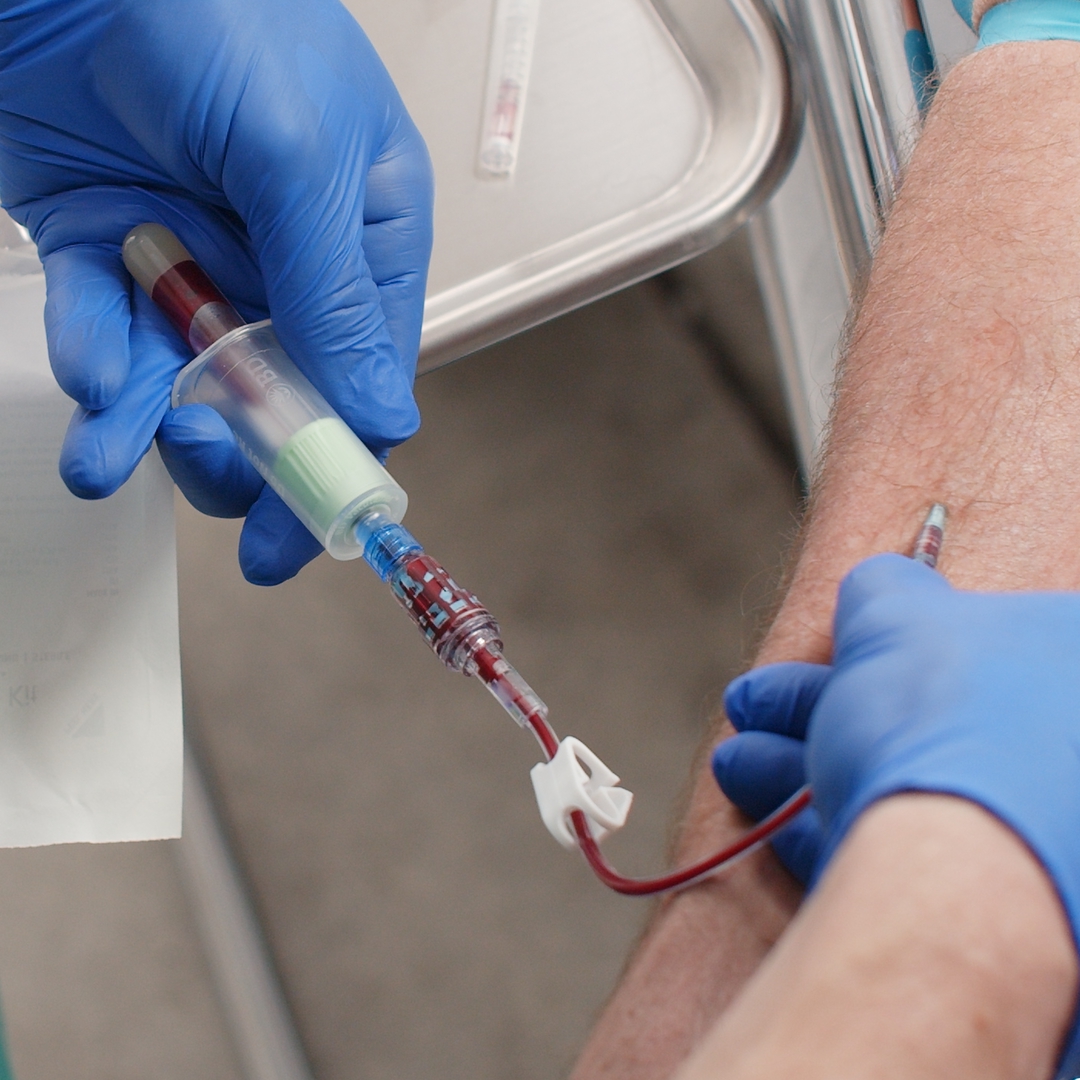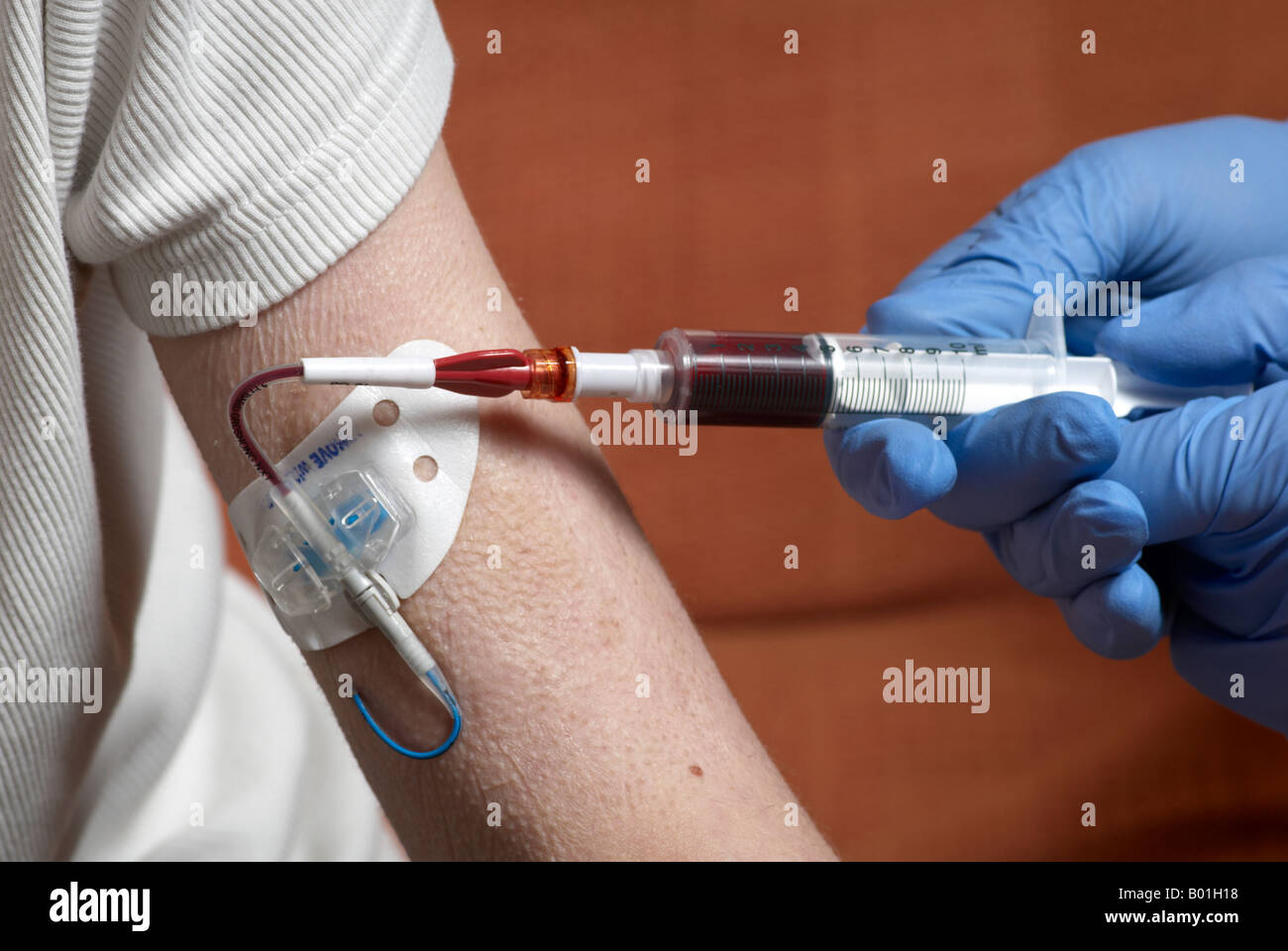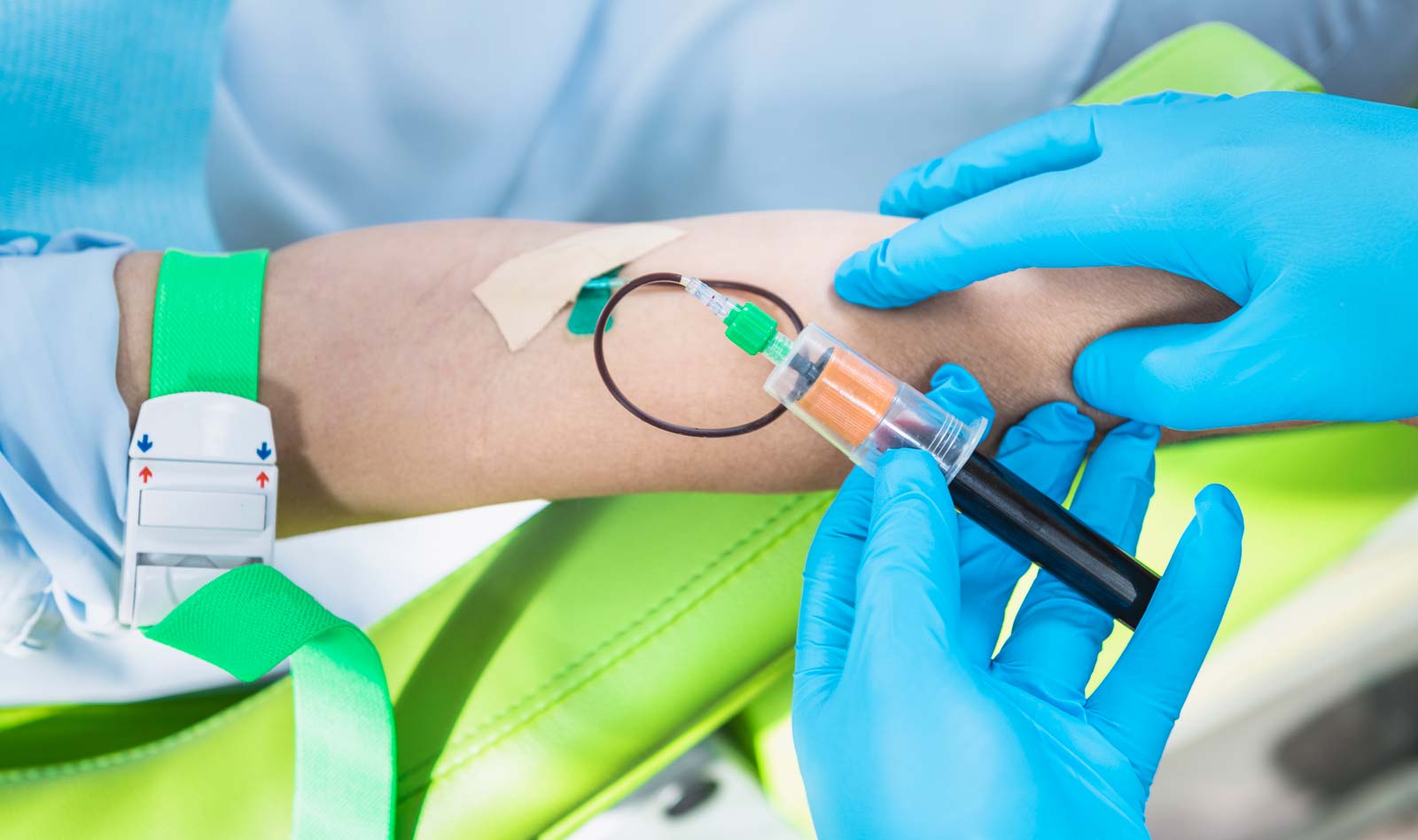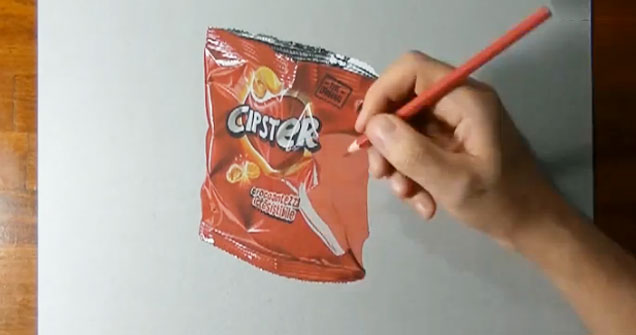Draw blood from picc line
Table of Contents
Table of Contents
According to the American Society of Hematology, individuals with chronic conditions that require long-term medication, nutrition, or blood transfusions may require a peripherally inserted central catheter (PICC) line. While these lines are essential for maintaining good health and quality of life, learning how to draw blood from a PICC line can be intimidating for healthcare professionals and patients.
Pain Points Related to Drawing Blood from a PICC Line
Inserting a needle into the PICC line can be painful, and it can be challenging to locate the correct insertion site. Additionally, there is a risk of infection and dislodging of the catheter, leading to complications.
How to Draw Blood from a PICC Line
The first step is to gather all necessary equipment, including gloves, alcohol swabs, and a blood collection kit. Next, clean the area around the insertion site with an alcohol swab and set up the collection kit. After putting on gloves, take a sterile needle and insert it into the PICC line until blood can be seen in the collection tube. After collection, remove the needle, apply pressure to the site, and discard used materials appropriately.
Summary of Main Points
Learning how to draw blood from a PICC line can be intimidating, but with the right equipment and technique, it can be done safely and effectively while minimizing discomfort and complications.
Drawing Blood from a PICC Line: My Personal Experience
As a healthcare professional, I have had to draw blood from PICC lines on numerous occasions. I have found that taking the time to familiarize myself with the equipment and correct technique has helped ensure that the process is quick and painless for my patients. It’s essential to communicate effectively with the patient and make sure they are comfortable before beginning the procedure.
Tips for Success When Drawing Blood from a PICC Line
First, ensure that you have all necessary equipment and materials readily available. It’s also crucial to be familiar with the correct technique for inserting the needle and locating the PICC line insertion site. Lastly, take the time to communicate with your patient effectively, assess any pain or discomfort, and ensure that they are relaxed throughout the process.
Understanding the Risks: Infection and Complications
While drawing blood from a PICC line is generally safe, there is a risk of infection and complications with the insertion site or catheter. It’s crucial to make sure all equipment is sterile and used correctly and to monitor the site for any signs of infection or complications.
Minimizing Discomfort for the Patient
One way to minimize discomfort for the patient is to use local anesthesia or a numbing cream before inserting the needle. Additionally, communication with the patient throughout the process can help manage any discomfort or anxiety they may be feeling.
Question and Answer Section
Q: Can anyone draw blood from a PICC line, or is it only for healthcare professionals?
A: Only healthcare professionals with the appropriate training and qualifications should draw blood from a PICC line.
Q: How often should a PICC line be cleaned?
A: PICC lines should be cleaned before and after each use, and the insertion site should be monitored daily for any signs of infection or complications.
Q: Are there any limitations on activities with a PICC line?
A: Patients with a PICC line should avoid excessive physical activity and be careful not to dislodge the catheter. Speak with a healthcare professional for specific limitations based on individual circumstances.
Q: What should I do if the PICC line site becomes infected?
A: If you suspect infection, contact your healthcare provider immediately. Signs of infection include redness, swelling, or warmth at the insertion site, fever, or drainage from the site.
Conclusion of How to Draw Blood from a PICC Line
Learning how to draw blood from a PICC line can be challenging, but with the right equipment, technique, and communication with the patient, it can be done safely and effectively while minimizing discomfort and complications. Always take the time to ensure that you have the correct equipment and technique and monitor the insertion site for any signs of infection or complications.
Gallery
IV Video Course | Nurse Keith

Photo Credit by: bing.com / iv blood draw course
Iv Forearm Stock Photos, Pictures & Royalty-Free Images - IStock
Photo Credit by: bing.com /
Draw Blood From Picc Line | Labquiz

Photo Credit by: bing.com /
Draw Blood From Picc Line | Labquiz

Photo Credit by: bing.com /
How To Draw Labs From A Picc Line At How To Draw

Photo Credit by: bing.com /







